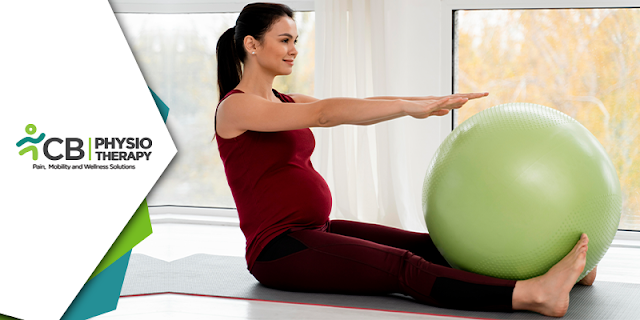Physiotherapy For Meniscal Tears | A Guide To Optimal Recovery
What is a Meniscal Tear?
The meniscus is a C-shaped piece of cartilage in the knee joint that acts as a shock absorber between the thigh bone (femur) and the shinbone (tibia). It also helps to distribute weight evenly across the knee joint. A meniscal tear occurs when the meniscus is torn, either partially or completely. Meniscal tears are common in athletes and can also occur in older people due to degenerative changes in the knee joint.
When to go for Physiotherapy?
In many cases, physiotherapy can be an effective treatment for meniscal tears, especially if the tear is small or if there are no other complications present. Physiotherapy can help to reduce pain, improve mobility, and strengthen the muscles around the knee joint.
If you have a meniscal tear and you are experiencing mild to moderate pain, stiffness, and swelling in the knee joint, physiotherapy may be a good option for you. Your physiotherapist will work with you to develop a treatment plan that is tailored to your individual needs.
One of the key benefits of physiotherapy is that it is non-invasive, meaning that there are no incisions or anesthesia required. This makes it a low-risk option for those who are not comfortable with surgery or who are unable to undergo surgery due to medical reasons. In addition, physiotherapy can be a cost-effective treatment option compared to surgery, which can be expensive and may require a longer recovery time.
Here are some reasons why you should consider availing Physiotherapy after a Meniscal Tear:
Reduce pain and inflammation: Meniscal tears can cause pain and inflammation in the knee joint. A physiotherapist can use techniques such as manual therapy, Ultrasound, electrical stimulation, Laser therapy, etc to reduce pain and inflammation.
Improve flexibility and range of motion: After a meniscal tear, you may experience stiffness and limited mobility in the knee joint. A physiotherapist can work with you to develop a personalized exercise program this may include exercises to improve flexibility and strength, as well as manual therapy techniques such as massage and stretching to improve flexibility and range of motion in the knee.
Strengthen muscles: Strengthening the muscles around the knee joint can help to provide support and stability, reducing the risk of further injury. A physiotherapist can design a strengthening program that targets the muscles that support the knee joint.
Prevent surgery: In some cases, physiotherapy may be able to help you avoid surgery. If the tear is small and there are no other complications present, physiotherapy may be able to help the meniscus heal on its own.
Prepare for surgery: If surgery is necessary, physiotherapy can help to prepare you for the procedure. Strengthening the muscles around the knee joint before surgery can help to improve the outcome of the surgery and reduce the recovery time.
Avoid long-term complications: Meniscal tears can lead to long-term complications such as osteoarthritis if not treated properly. Physiotherapy can help to prevent these complications by promoting healing and strengthening the muscles around the knee joint.
When to go for Surgery?
In some cases, surgery may be necessary to repair a meniscal tear, especially if the tear is large, if it is causing significant pain, or if it is interfering with your ability to perform daily activities. Surgery may also be necessary if there are other complications present, such as a ligament tear or cartilage damage.
If you are experiencing severe pain, swelling, and stiffness in the knee joint, or if you are unable to put weight on the affected leg, surgery may be the best option for you.
There are two main types of surgery for meniscal tears: arthroscopic surgery and open surgery. Arthroscopic surgery is a minimally invasive procedure in which a small camera is inserted into the knee joint through a small incision. The surgeon will then use small instruments to repair the tear. Open surgery is a more invasive procedure in which a larger incision is made in the knee joint, allowing the surgeon to directly access the meniscus.
It is important to note that surgery is not without risks, and there is a risk of complications such as infection, blood clots, and nerve damage. In addition, surgery may require a longer recovery time compared to physiotherapy, and there may be limitations on physical activity during the recovery period.
Making the Decision
The decision to go for physiotherapy or surgery will depend on several factors, including the extent of the tear, the severity of the symptoms, and your individual needs and preferences.
Though even after undergoing surgery patient requires physiotherapy. It is an important part of the recovery process and can help to reduce pain, improve mobility, and strengthen the muscles around the knee joint.
Overall, physiotherapy is a safe and effective treatment option for meniscal tears. It can help increase the functionality of the muscles around the knee joint. If you have experienced a meniscal tear, it is important to speak to your physiotherapist about whether physiotherapy is a good option for you.






